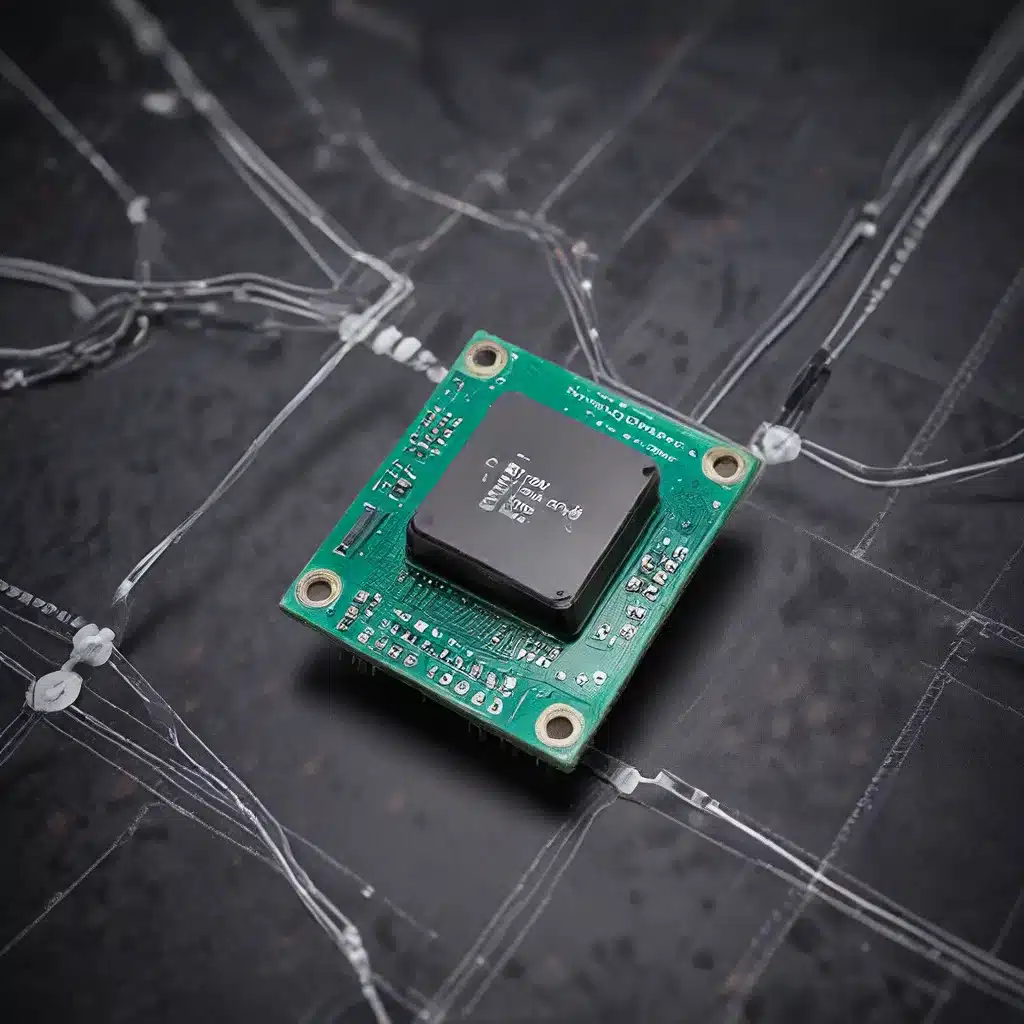
The Emergence of the Internet of Tiny Things
The Internet of Things (IoT) has already transformed our world, connecting billions of devices and reshaping industries from smart homes to transportation. But as this technological revolution advances, a new frontier has emerged: the Internet of Tiny Things (IoT2) or Internet of Nano Things (IoNT). These autonomous, wirelessly interconnected devices are scaling down to the millimeter scale and beyond, presenting unprecedented challenges in powering their operations.
Overcoming the energy constraints of these miniaturized systems is crucial for unlocking their transformative potential. Energy harvesting from the ambient or externally supplied sources has emerged as a promising solution, enabling self-powered micro- and nano-scale systems that can seamlessly integrate sensing, computation, and wireless communication. From radio-frequency (RF) to photovoltaic, piezoelectric, and even nuclear approaches, a diverse range of energy conversion modalities are being explored to realize the vision of truly untethered, self-sustaining IoT2 devices.
Sensor-networks.org delves into the cutting-edge research and practical considerations surrounding energy-harvesting sensor nodes, exploring how these advancements are paving the way for the next generation of the IoT.
Power Delivery Challenges in Miniaturized Systems
As devices scale down to the millimeter and sub-millimeter dimensions, traditional power delivery methods, such as batteries and wired connections, become increasingly impractical. The power density required for these tiny, autonomous systems is on the order of 100 nW/mm², posing significant challenges for integration and efficient operation.
Conventional wireless power transfer techniques, such as those used in RFID applications, also suffer from rapidly decreasing efficiency as dimensions approach the subwavelength scale. Overcoming these scaling limitations is a crucial step in realizing the full potential of IoT2 systems.
Harnessing Energy from the Environment
To address the power challenge, researchers are exploring a wide range of energy harvesting modalities, each with its own unique advantages and considerations for scaling down to the micro- and nano-scale.
Radio-Frequency (RF) Energy Harvesting
RF energy harvesting is one of the most widely used approaches in IoT, with applications ranging from RFID tags to wireless sensors. However, scaling RF energy harvesting to the sub-millimeter scale requires breakthroughs in antenna design and high-frequency electronics to maintain efficient power transfer at subwavelength dimensions.
Photovoltaic Energy Harvesting
Photovoltaic (PV) cells are well-suited for scaling down to the micrometer and nanometer scale, directly converting ambient light or intentional illumination into electrical power. Challenges include mitigating perimeter non-radiative recombination effects and ensuring compatibility with variable light levels and line-of-sight requirements.
Mechanical Energy Harvesting
Piezoelectric and triboelectric devices can convert ambient vibrations or motion into electrical energy. Nanowire-based piezoelectric nanogenerators and triboelectric nanogenerators show promise for scaling to sub-millimeter dimensions, but require appropriate design of dielectric layers and electrode spacing.
Thermal Energy Harvesting
Thermoelectric, thermophotovoltaic, and thermoradiative approaches can harvest waste heat to generate electricity. While chip-scale demonstrations have been achieved, scaling these technologies to the sub-millimeter scale poses significant engineering challenges, often requiring close proximity to high-temperature heat sources.
Nuclear Energy Harvesting
Betavoltaic cells or batteries can directly convert the energy from radioactive beta particles into electrical current, providing a stable power source for extended periods. Scaling these devices to small dimensions is primarily limited by packaging and safety considerations related to the radioactive materials.
Chemical and Biological Energy Harvesting
Fuel cells and microbial fuel cells leverage chemical reactions and decomposing organic matter to generate electricity. While promising for remote and environmental applications, scaling these systems to the sub-millimeter scale is constrained by the need to manage gas flow, fuel supply, and microbial colonization.
Powering the IoT2 Ecosystem
The choice of energy harvesting modality for IoT2 devices will depend on the specific application requirements, such as the availability of ambient energy sources, the power budget, and the desired lifetime of the system. A life-cycle assessment is crucial to ensuring the appropriate balance of power generation, storage, and management.
Emerging advancements in nanoscience and nanotechnology hold the potential to unlock new avenues for high-efficiency energy conversion at the sub-millimeter scale, potentially overcoming the limitations of existing microelectronics and MEMS technologies. Multiscale metamaterials, for example, offer the ability to engineer materials and structures with tailored physical properties to optimize energy harvesting.
As the field of IoT2 continues to evolve, the integration of energy harvesting and power management circuitry will become increasingly important. Distributed energy harvesting solutions, where individual sensors or components are self-powered, may emerge as a promising approach to further scale down these interconnected systems.
Powering IoT2 Applications
The diverse range of IoT2 applications can be broadly categorized into three main types, each with unique power requirements and energy harvesting considerations:
-
Health and Biological Monitoring: External sensors can leverage a wide variety of energy harvesting approaches, while bio-implantable devices face stricter constraints on size, toxicity, and accessible energy sources, such as ultrasound, infrared, and RF.
-
Asset Monitoring and Surveillance: These applications often have a predictable environment and event-driven operation, allowing for targeted energy harvesting from sources like vibrations or waste heat.
-
Environmental Monitoring: Systems designed for slow-varying environmental conditions can be optimized to harvest the most abundant ambient energy source, such as stray light or vibrations, with the primary power demand often stemming from wireless data transmission.
Regardless of the application, a holistic, top-down system design approach is crucial to ensuring the most efficient energy-power use, balancing the sensing interface, sampling rate, and communication requirements with the available energy harvesting and storage capabilities.
Towards a Sustainable IoT2 Future
As the Internet of Tiny Things continues to evolve, the successful integration of energy-harvesting sensor nodes will be a critical enabler for unlocking the transformative potential of these miniaturized, self-powered systems. From healthcare and asset monitoring to environmental sensing, the ability to reliably power IoT2 devices will drive advancements in a wide range of industries and applications.
Through the convergence of nanoscience, nanotechnology, and circuit design, researchers are paving the way for a sustainable, self-sufficient IoT2 ecosystem, where tiny, interconnected devices can seamlessly blend into our world, enriching our lives and shaping the future of the Internet of Things.